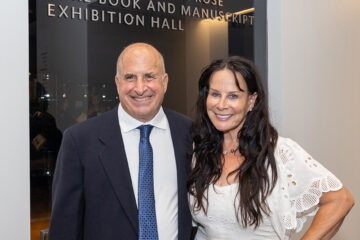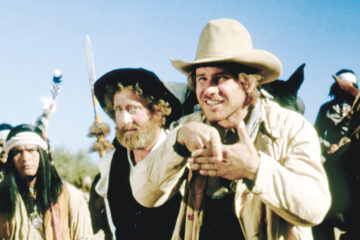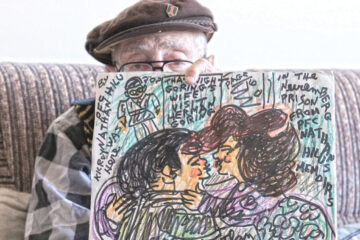The Irish & the Jewish: natural allies
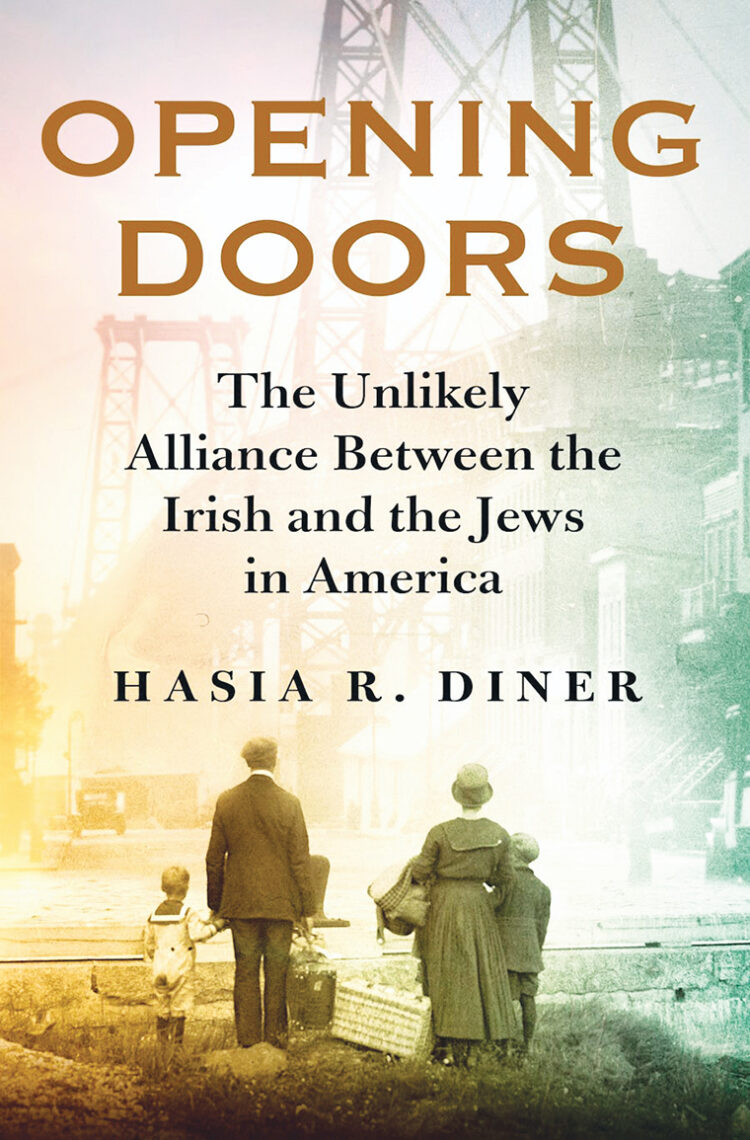
Book Review By Martin Gottlieb, Special To The Dayton Jewish Observer
In mid 20th-century Chicago, there was a shoe store chain called O’Connor and Goldberg. Adult Jews thought that was so funny: an only-in-America story. Younger Jews didn’t really see anything noteworthy about the name until their elders explained.
Now comes a book about the connections between the Jews and Irish in this country at the turn of the 20th century and beyond. The book isn’t about connections in the business world, though. It focuses on government, unions, and schools, perhaps because that’s where the memoirs are, and that’s where the media coverage was.
The author of Opening Doors: The Unlikely Alliance Between the Irish and the Jews in America (St. Martin’s Press, July 30, 2024, 257 pages) is Hasia R. Diner, a prolific author of books about both Jewish American and Irish American history.
A prepublication version of her book has this remarkable statement: “Hasia Diner is a professor of American Jewish history and former chair of the Irish studies program at New York University.”
The book’s story is basically this: The Irish got here first, roughly speaking, near the middle of the 19th century. When the Jews — the next major immigrant group — got here in big numbers later in the century, they came mainly to the places where the Irish had concentrated: the big cities, especially New York.
The Irish were still fighting to be accepted and respected by the preexisting Protestant majority. Anti-Catholic prejudice was rampant.
In that context, the Irish saw the Jews as natural allies in the battle against prejudice and against the Protestant power structure.
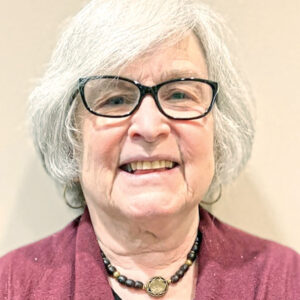
The Irish who were running Tammany Hall — the Democratic machine in New York that was largely abjured by the Protestant establishment as corrupt — recruited Jews.
Being part of Tammany brought benefits for the struggling immigrants: connections that could lead to jobs or breaks from tough enforcement of city rules or even food or other forms of help when things got really rough.
Similarly, when the Irish were at the forefront of the early labor union movement as the industrial age matured, Jews were natural union members, especially in the clothing industry. The Irish not only organized them, but nurtured them as leaders.
As for the schools, at a certain stage, Irish American women were a huge presence among high school teachers. Many saw Jewish immigrant children — replete with language difficulties — as versions of themselves and their families a generation earlier. Tight bonds developed.
When the Ku Klux Klan flourished in the 1920s, Catholics (largely Irish) were a more common target than Jews. That experience also fostered the feeling among the Irish that they were in the same boat as the Jews.
The story of cooperation is particularly striking in higher education. While the Ivy League schools and other old-line Protestant schools had quotas limiting Jews, the Catholic universities — Fordham, Loyola, DePaul — reached out to them and produced major numbers of Jewish professionals.
The author is struck by her inability to find any evidence of discrimination, prejudice, or hard feelings between the Catholics and Jews of the time — say, the 1930s — either among students or between students and faculty.
Of course, the Irish-Jewish connection wasn’t always sweet. There was, perhaps most notably, Father Charles Coughlin, the notoriously antisemitic radio priest of the 1930s. He had a major Irish following.
But even in that case, author Diner notes, many leading Irish American figures came to the defense of Jews against him. Of course, he was also increasingly pro-Hitler, which cost him much support among the Irish, as elsewhere.
Opening Doors fills a gap in the historical knowledge of most people. It’s a story that needed to be told.
Unfortunately, it’s not a great read. It sometimes seems to be a list of connections between specific Jews and specific Irish in specific tasks.
Names of people and organizations fly by in quantities that cannot possibly be remembered, however impressed one must be by the research.
But the abundance of names is necessary to make the point: The historical Irish-Jewish connection is not just a matter of a few cute O’Connor-and-Goldberg type anecdotes, but a broad-based phenomenon that deserves a spot in our understanding of Jewish American history.
Retired Dayton Daily News editorial writer Martin Gottlieb is advisor to The Dayton Jewish Observer.
To read the complete July 2024 Dayton Jewish Observer, click here.


